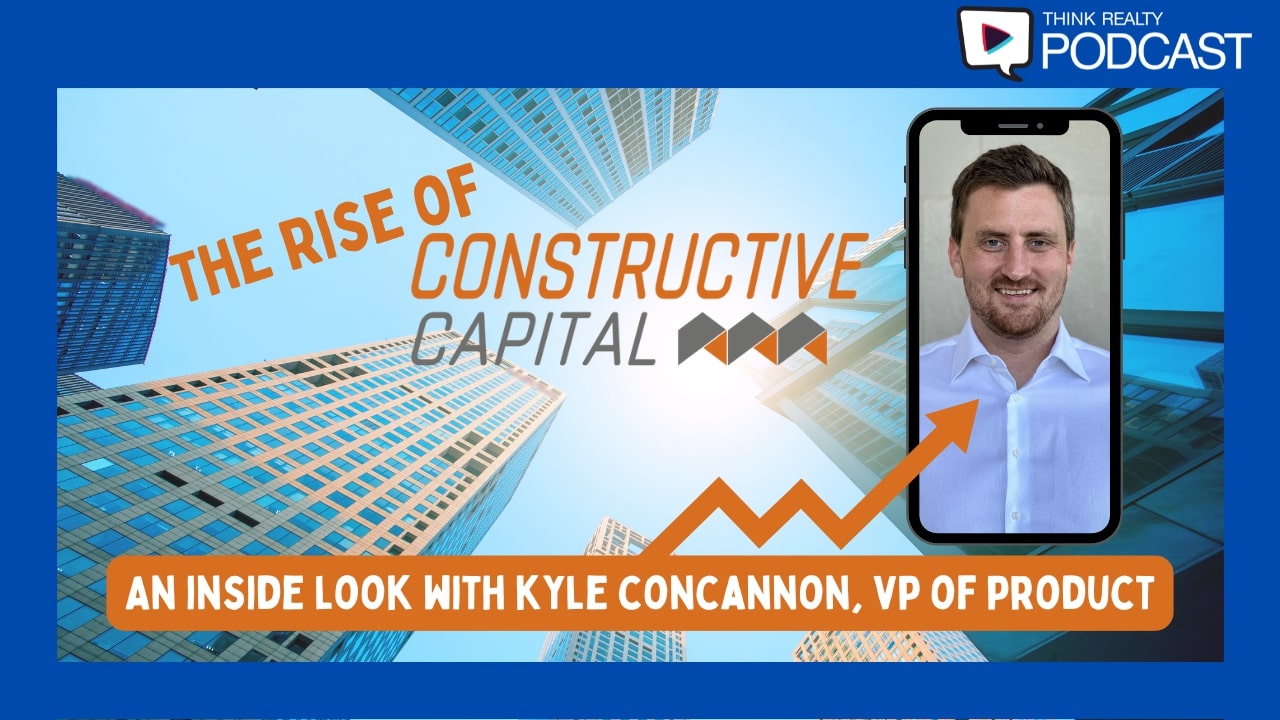Public relations nightmares have taken over our social feeds and media commentaries. In doing so, it has proven there is a huge gap between chief executive officers and their public relations people – whether on staff or hired from an outside agency. A clear majority of those in leadership positions don’t understand what PR people do and how it directly impacts them or their business.
There are several movies or shows that poorly illustrate public relations or public relation professionals: The West Wing, Designated Survivor, Contagion, The Social Network, Jersey Girl, The Candidate, Mad Men, Scandal, HBO’s Silicon Valley are a few that might hit close to home for you.
Most of these shows entertain us with a clear illustration of the disasters that can happen when a team doesn’t do the difficult parts of their job – telling their leader something unpleasant or moving forward with bad direction from someone in a leadership role. It applies to both the in-house teams and agencies, especially when it comes to media relations.
Surely many of you have witnessed a PR team who reports to a sales-driven leader or clients who don’t understand people; forget public relations! These leaders have no idea the nuances and diplomacy involved in dealing with the media, so they hand out ridiculous instructions like, “Go get us in the Bloomberg report by next week. Send out 30 press releases this month. Tell them the passenger was re-accommodated.”
These are the same leaders who would never dream of telling a salesperson “Go get that Google/Microsoft/Amazon/Apple deal tomorrow,” because they know that big account involves long, carefully managed sales cycles. It is those same leaders who – more often than not – think the PR team can flip a switch and get immediate coverage in any media outlet. It’s because they don’t understand that PR is based on relationships and skilled, relevant storytelling, they demand practices like mass-pitching that will cast the team -and the brand – in a negative light.
By now, the Pepsi commercial fiasco is old news but let’s break down the short-lived commercial featuring model Kendall Jenner. For many it recalled images from the Vietnam Era and unoriginally repurposed Coca Cola’s “I’d Like to Buy the World a Coke” ad. For others, it was a crass replication of Black Lives Matter protester and the movement. What was the inspiration for this ad? Not only did they demonstrate they don’t have a relationship with their audience, it demonstrated how they don’t even know who their audience is. Pepsi Co. made it abundantly clear it’s (still) failing to define its own identity.
It’s when you arrive in critical junctures that the PR team is obligated to push back and say, “Actually that’s a bad idea and here’s why.” Pushing back has almost become mandatory for many, if not all PR professionals to help protect the brand image and the team’s own careers and reputations.
United Airlines and the Federal Department of Transportation forced a passenger from flight 3411 in April. The initial response was exactly how you don’t respond to a crisis. The CEO himself should have quickly offered a statement of empathy after the passenger was forcibly removed from his seat and dragged down an overbooked airplane’s aisle – regardless of the small print. Instead, it was an unreserved apology and dismissive excuse at best. The response has raked, a once named U.S. Communicator of the Year by PRWeek, United Airlines CEO Oscar Munoz over the coals.
At the time of this writing, United Continental Holdings share price plunged. They lost nearly $1 billion of the company’s value in trading. They had a slight rally that left the shared price down 2.8 percent, close to $600 million less than the company’s $22.5 billion value. The question looms; Who is ultimately being held responsible or acting accountable for making a total disaster out of this situation? Will it be the CEO or will it be the PR team? We may never know what truly happened in their offices that day. Maybe Jocko Willink was right, “There are no bad teams, only bad leaders.”
So many pros have a hard time pushing back. Because PR is a service industry, many agencies tend to be yes-women and yes-men, trying to keep clients happy by satisfying all their demands. In-house teams end up walking the link of insubordination or even feel subordinate to marketing departments (should you have a marketing professional who is not proficient in public relations?). It has even gone as far as suddenly running into budget challenges because they told a CMO or CEO, “We don’t think that’s a good idea….” The lack of understanding and the bully-like nature that comes with those who hold the power titles tend to feel more like job security for them because – as they say – the sh** flows downhill.
In the short run, playing along may be the easier and more comfortable path. But what about in the long run? The PR team is going to find that some reporters stop taking their calls or answering their emails. Events and new products will go ignored. Inevitably, there’s going to be an angry leader who demands to know why PR isn’t working.
Start by understanding the four Ps of public relations leadership
These for Ps are different from the marketing Ps (product, price, promotion, place) and operate at a higher level, which in turn provides a more profound impact, but they do describe a PR leader’s role.
Purpose – The role of PR is to help build societies that work. They achieve that in the daily work by assisting organizations make good decisions. Decisions that are informed by listening to people, by appreciating the context in which they live their lives, by understanding what is important to them, by ensuring the organization is part of the solution to the challenges that face them, not to cause their problems. This should be the heart of your company’s organizational strategy and culture.
Principles – Having now determined purpose you have to decide the strategy on how to implement it. It will involve some rules that guide behavior and decision-making against which you will be judged. In common practice, these are your core values. It is the distance between declared and lived values that form the legitimacy gap and is the space that social media plus other media forms constantly probe to hold you accountable.
Lived values are the surest protection against crisis.
The combination of purpose and principle should be the heart of your company’s character and are most intuitively lived out by the leadership. Surely you heard the phrase “Lead by Example?”
It is why leaders need PR professionals constantly at their side. They hold the truth to power, saying those things that others do not dare and generally telling it straight as to how other people see their words, tone and actions.
It also means that PR professionals must operate everywhere within your organization, looking at structures, processes, physical premises, ways or working – everything – because these are where principles are really lived and this is where the company or brand narrative is really written, not by the keystrokes of a reporter, journalist or passionate Twitter user.
People – Believe it or not, you meet your objectives through people. People who work for a company and people who work with and through it. This means that relationships are crucial.
Ocean Tomo released a study in 2015 that valued intangible assets at approximately 87 percent of the value of an organization. What is an intangible asset? It is your people, relationships, reputation/credibility, and territory.
Yet, 13 percent of PR professionals are taken to task of the worth of the physical and financial assets, which is what ROI measures, instead of being measured against the 87 percent.

Process – The days and ways of command and control and of CEOs trying to impose their will on the world are long over. Cooperation, collaboration and co-creation are the only way forward and to define success. Moreover, relationship building, mutual respect, a shared value base and common objectives are all results of healthy communication.
Without communications or public relations nothing can be achieved. It is more than being an enabler; it constitutes the stuff of a modern organization’s life.
If it hasn’t become increasingly clear to you that the time for leadership in public relations must be now – and should be demonstrated at any and all levels of your organization then you aren’t striving to give you, your company, or people the best return on investment. Remember, PR professionals bridge the gap between your company and your stake holders – stake holders meaning anyone who has an interest in your company or product, not just employees or stock holders.
Even the most entry-level PR professionals are being called on to decode the world outside and to develop the communication capabilities and competence for senior staff. There is truly a turning point for your organization and the PR profession. Be the leader who not only transforms your organization but transforms the communities around you.
Chrissey Breault’s article originally appeared in Private Lender magazine: May/June 2017.











Leave A Comment